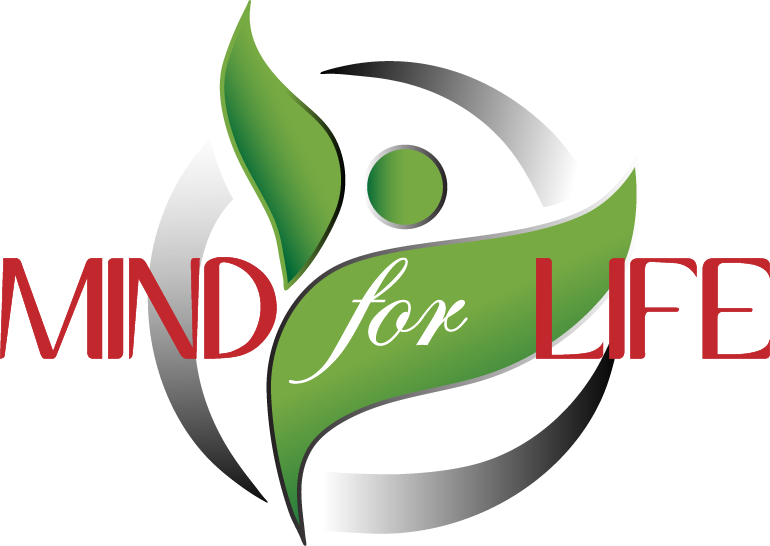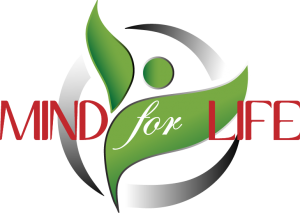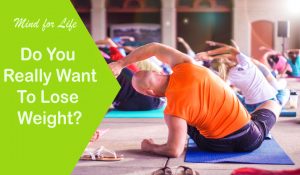NUTRITION
HOW TO MAINTAIN A HEALTHY BODY IMAGE
Ways to have a good relationship with your body and increase your self-esteem
By Nilofar Dorani
Dietitian (APD), Nutritionist at Mind For Life
Body image issues have increased worldwide over the last 30 years and
ironically, it is the top ranked issue of concern for young people these days.
While teenagers are maturing, they tend to encounter an array of changes taking
over their body, resulting in feelings of dissatisfaction through behaviours of
comparing themselves with others.
One of the most common external contributors to being unhappy with one’s body
image is the media, and more recently social media like Facebook and
Instagram. People of all ages are bombarded with fad diets, weight loss products
and false images through TV, internet and media advertising. These images often
promote unrealistic, and highly edited and stylised appearance ideals which have
been fabricated by stylists, art teams and digital manipulation. Following their
unhelpful advice can result in extreme health risks which usually cannot be
achieved in real life. What we need to understand is that everybody is different
and there is no such thing as that one super food or one formula or one size fits
all approach. Some things that may work for someone is not necessarily going to
work for the rest of us.
Consequently, becoming fixated on trying to change your body shape can lead to
unhealthy practices with food and exercise. Improving your body image is a
constructive goal, while some aspects of your appearance can be changed,
others, like your height, muscle composition and bone structure are genetically
fixed. Those who feel they don’t measure up in comparison to these images, can
experience intense body dissatisfaction and low self-esteem which in turn affects
your psychological and physical well-being. These practices do not usually
achieve the desired outcome and can result in intense feelings of
disappointment, shame and guilt.
It could also contribute to becoming socially distant and ultimately increasing the
risks of developing unhelpful and damaging behaviours such as eating disorders.
Therefore, it is so important to accept and respect diversity in relation to different
body types and develop positive attitudes that will instill and increase your
confidence and resilience. In doing so, it will no doubt nurture the power to
change the way you see, believe, feel and think about your body through
adopting a balanced approach to nutrition and physical activity.
During this current COVID-19 pandemic with more people staying indoors and using social media more often due to set restrictions, it is most important to stay vigilant and discerning when viewing images on social media.
Steps to increase your self-esteem and develop a healthier body image
To improve your self-esteem and develop a healthier body image, it all
starts with how we feel on the inside. Since there is a direct link
between our body image and our relationship with food, healthy eating
is vital in providing your body with adequate and balanced nutrients to
become healthier from the inside out.
The elements of healthy eating are:
- Consuming three nutritious meals everyday from the five food
groups - Controlling the portion size of your meal (See below my healthy
plate portion suggestion for healthy adults) - Not over-eating, binge eating or snacking throughout the day
- Following the Australian Guide to Healthy Eating shown below for
the amounts required everyday for different age groups

My healthy plate portion suggestion for healthy adults

Tips to maintain healthy eating behaviours
- If you feel like eating extra, choose from the vegetables, fruit and
grain (cereals) food groups. - Include vegetables at least twice a day and make sure vegetables
take up at least one third of your meals or half of your meals,
particularly if you are trying to lose weight. It’s important to serve
vegetables or salad as a side dish also when eating meals like
pasta, lasagne or risotto. By adding more vegetables to your meals,
servings of other foods such as meats will be smaller and the
overall meal will contain fewer kilojoules. - Make whole grains part of at least two meals for most days of the
week. - Include lean meat or meat alternatives as part of at least one meal
a day. - Add fruit to at least two meals or use them as snacks or for healthy
desserts. - Include a serve of low fat milk, yoghurt or cheese as a significant
part of at least two meals or snacks. - Stay hydrated and only choose water as your main source of
hydration. - Don’t restrict yourself to having only certain meals. Instead control
your portions, choose healthy and listen to your body cues and only
eat food when you are hungry and stop when you feel full. - Don’t delay or skip your meals as this will result in overeating at
your next meal. - Swap a meal of your choice to something healthier at least once a
week and build your way up from there. - Look at the bigger picture and if you miss a day, don’t accept it as a
failure, just move on and aim to keep improving.
Other options that are also good for your health
- Eat fish meals at least twice a week.
- Have meals containing legumes every week.
- Have a wide variety of different coloured vegetables everyday.
- Swap discretionary choices for foods from the five food groups or
try to only have them occasionally. - Choose healthy fats found in olive oil and nuts such as a good
quality peanut butter spread which is a good source of protein and
helps keep you satisfied.



